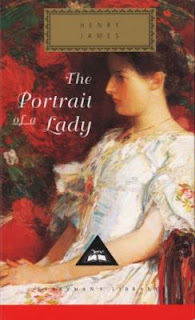The Rose Rent

The Rose Rent , by Ellis Peters It's been a while since I read a Brother Cadfael mystery, and it was about time. And I found one I'd never read before! The Rose Rent is about a wealthy widow who has given her house to the abbey because she couldn't live where she had been so happy and lost her husband and child-to-be. In a gesture worthy of a chivalric ballad, she requires that the abbey pay her a yearly rent of one perfect rose from the white rosebush in the garden. But then a young monk is murdered beneath the rose-tree, now hacked and mutilated--and the widow herself is kidnapped. A nice mystery, short, but as good as the other Cadfael mysteries. Though I certainly got tired of hearing about the widow's "great sheaf of hair." That image must have been repeated 10 times in a 200-page story.













.jpg)










